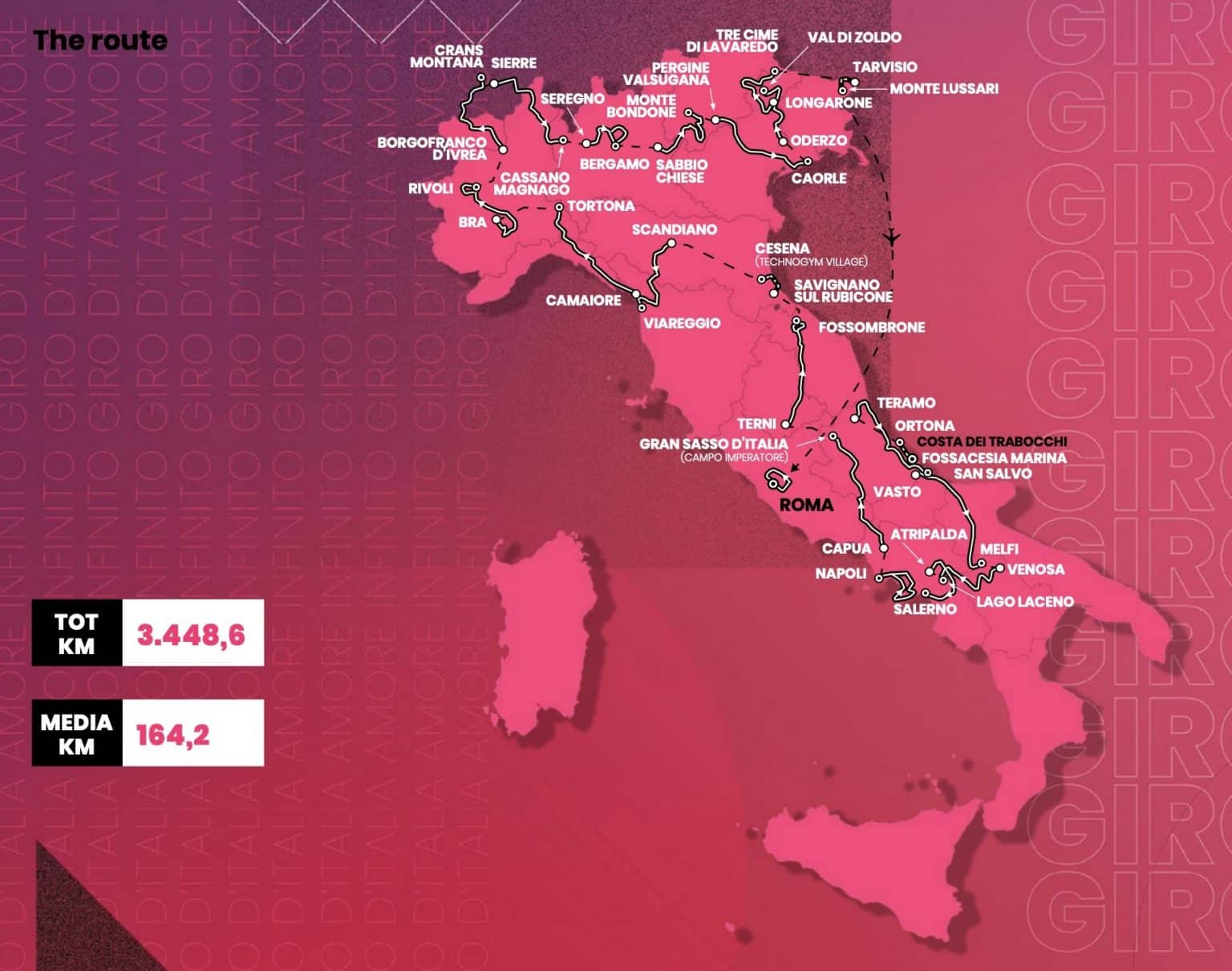The Hells Angels: An Examination Of Their Organization And Operations

Table of Contents
History and Origins of the Hells Angels
The Hells Angels Motorcycle Club's origins trace back to the post-World War II era in California. Founded in 1948, the club initially consisted of a group of veterans seeking camaraderie and a sense of belonging. Early chapters, primarily located in California, engaged in activities typical of many motorcycle clubs at the time: motorcycle rallies, long-distance rides, and social gatherings. However, the club's image and activities quickly evolved, becoming increasingly associated with criminal behavior.
- Early years in California post-WWII: The club’s initial focus was on camaraderie and motorcycle culture, but this soon shifted towards more illicit activities.
- Expansion across the United States and internationally: The HAMC expanded rapidly, establishing chapters across the United States and eventually internationally, leading to a more sophisticated criminal enterprise.
- Key conflicts and rivalries with other motorcycle clubs: The club's rise was marked by violent conflicts with rival motorcycle gangs, solidifying their reputation for aggression and brutality. These conflicts often involved territorial disputes and control over criminal activities.
- Legal battles and government crackdowns: Over the decades, the HAMC has been the subject of numerous legal battles and government crackdowns, with law enforcement agencies consistently targeting their criminal operations.
The Hells Angels' Organizational Structure
The Hells Angels boast a rigid, hierarchical structure, crucial for maintaining control and coordinating criminal activities. The club operates on a multi-layered system, with different ranks and responsibilities. This structured approach allows for efficient command and control, even across international borders.
- President, Vice President, Sergeant-at-Arms, etc.: The leadership structure mirrors a military model, with clearly defined roles and responsibilities at each level. The President holds ultimate authority.
- Chapter organization and reporting structure: Individual chapters report to regional and national leadership, ensuring a cohesive organizational structure. This allows for streamlined communication and coordination of activities.
- Initiation rituals and requirements: Becoming a full-fledged member ("patching in") involves a rigorous initiation process, demanding unwavering loyalty and obedience. This process reinforces the club's internal cohesion and control.
- The importance of loyalty and obedience: Loyalty and obedience are paramount within the HAMC, maintaining discipline and preventing internal dissent. Betrayal results in severe consequences.
Criminal Activities and Operations of the Hells Angels
The Hells Angels are implicated in a wide range of criminal activities, generating substantial illicit revenue. These activities are often interconnected, supporting and enhancing each other. The club's use of violence ensures compliance and control within their operations.
- Drug trafficking (cocaine, methamphetamine, etc.): The HAMC is heavily involved in the trafficking of various illicit drugs, contributing significantly to their financial power.
- Arms trafficking and illegal weapons sales: The club's access to illegal weapons facilitates their criminal activities and intimidation tactics.
- Prostitution and human trafficking: In some areas, the Hells Angels are linked to the exploitation of vulnerable individuals, further augmenting their criminal enterprise.
- Racketeering and extortion schemes: The HAMC utilizes racketeering and extortion to maintain control over territories and businesses, squeezing revenue from legitimate and illegitimate sources.
Global Presence and Influence of the Hells Angels
The Hells Angels maintain a significant global presence, with chapters spanning multiple continents. This international network allows for the seamless flow of illicit goods, money, and information, posing a significant challenge to law enforcement.
- Chapters in Europe, Asia, Australia, and beyond: The HAMC’s global reach expands their criminal influence, creating a complex web of criminal activity.
- International alliances and rivalries: The club engages in alliances and rivalries with other criminal organizations worldwide, impacting international crime dynamics.
- Challenges in cross-border investigations: The transnational nature of their operations creates significant challenges for law enforcement agencies attempting to investigate and prosecute their members.
- Use of technology to facilitate criminal activities: The HAMC utilizes modern technology, including encrypted communication and offshore accounts, to conceal their activities and evade law enforcement.
Law Enforcement Strategies and Countermeasures against the Hells Angels
Combating the Hells Angels requires sophisticated and multi-faceted law enforcement strategies. International cooperation and advanced investigative techniques are critical to dismantling this powerful criminal organization.
- Infiltration and undercover operations: Infiltrating the club through undercover agents provides valuable intelligence and evidence.
- Wiretaps and surveillance technology: Sophisticated surveillance techniques are essential to monitor the HAMC’s communication and activities.
- RICO Act prosecutions: Utilizing RICO Act prosecutions to target the entire organization rather than individual members is a crucial strategy.
- International collaboration and intelligence sharing: Sharing intelligence between international law enforcement agencies is vital for dismantling the HAMC’s global network.
Conclusion
The Hells Angels Motorcycle Club represents a complex and enduring criminal organization with a long and controversial history. Understanding their hierarchical structure, criminal activities, and global reach is crucial for effective law enforcement strategies. Further research into the Hells Angels and similar outlaw motorcycle gangs is necessary to combat their harmful activities and protect communities. To learn more about the ongoing fight against organized crime and the complexities of the Hells Angels Motorcycle Club, continue your research using reliable sources and official government reports. Understanding the Hells Angels is key to effectively countering their criminal operations and protecting society.

Featured Posts
-
 Moto Gp Argentina 2025 Klasemen Setelah Kemenangan Sprint Race Marquez
May 26, 2025
Moto Gp Argentina 2025 Klasemen Setelah Kemenangan Sprint Race Marquez
May 26, 2025 -
 Uefa Real Madrid In Doert Yildizini Sorusturuyor
May 26, 2025
Uefa Real Madrid In Doert Yildizini Sorusturuyor
May 26, 2025 -
 2009 Brawn Gp Jenson Buttons Championship Winning Machine
May 26, 2025
2009 Brawn Gp Jenson Buttons Championship Winning Machine
May 26, 2025 -
 Investigating The Disappearance Case Studies And Analysis
May 26, 2025
Investigating The Disappearance Case Studies And Analysis
May 26, 2025 -
 The Prince His Money Manager And Monacos Corruption Scandal
May 26, 2025
The Prince His Money Manager And Monacos Corruption Scandal
May 26, 2025
Latest Posts
-
 Giro D Italia Update Del Toro Wins Stage 17 Australian Riders Withdraw
May 30, 2025
Giro D Italia Update Del Toro Wins Stage 17 Australian Riders Withdraw
May 30, 2025 -
 A Scheme For Benicio Del Toro A Hell Of A Present
May 30, 2025
A Scheme For Benicio Del Toro A Hell Of A Present
May 30, 2025 -
 Altathyr Alaqtsady Ltwse Dwytshh Bnk Fy Alimarat
May 30, 2025
Altathyr Alaqtsady Ltwse Dwytshh Bnk Fy Alimarat
May 30, 2025 -
 Benicio Del Toro The Unexpected Gift
May 30, 2025
Benicio Del Toro The Unexpected Gift
May 30, 2025 -
 Giro D Italia 2024 Del Toro Wins Stage 17 Solidifies Lead Vine And Plapp Out
May 30, 2025
Giro D Italia 2024 Del Toro Wins Stage 17 Solidifies Lead Vine And Plapp Out
May 30, 2025
